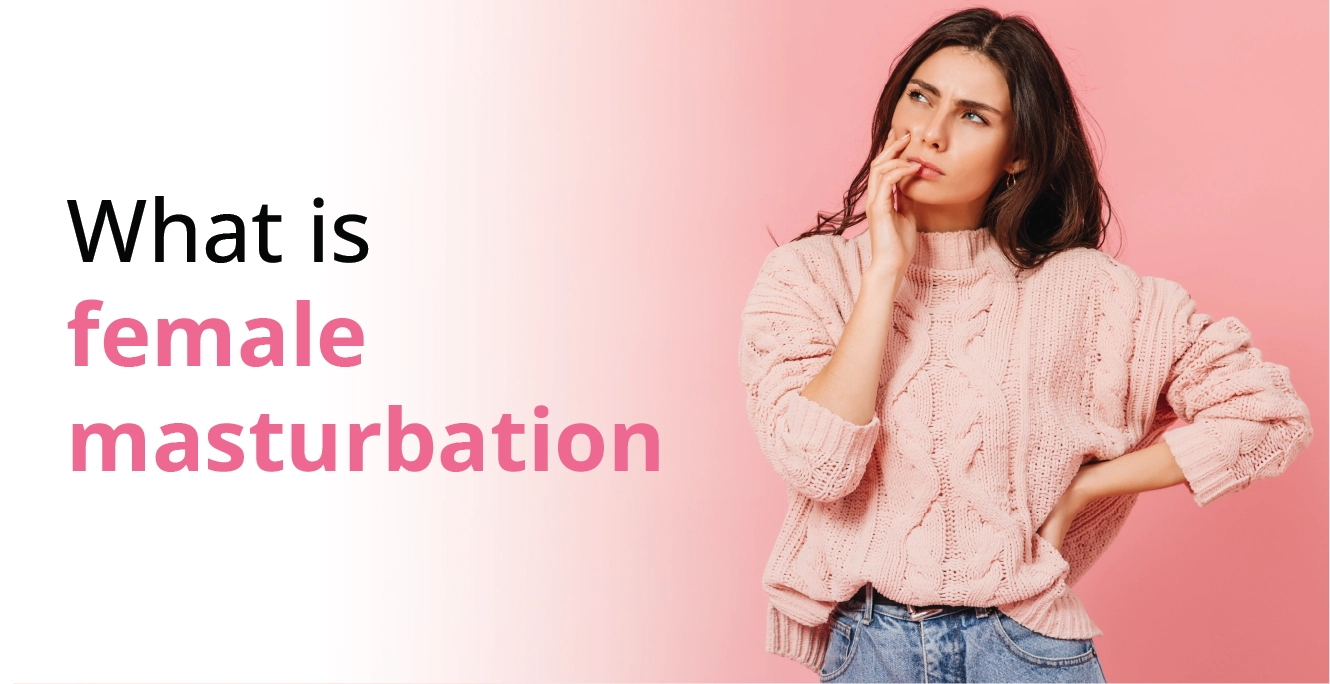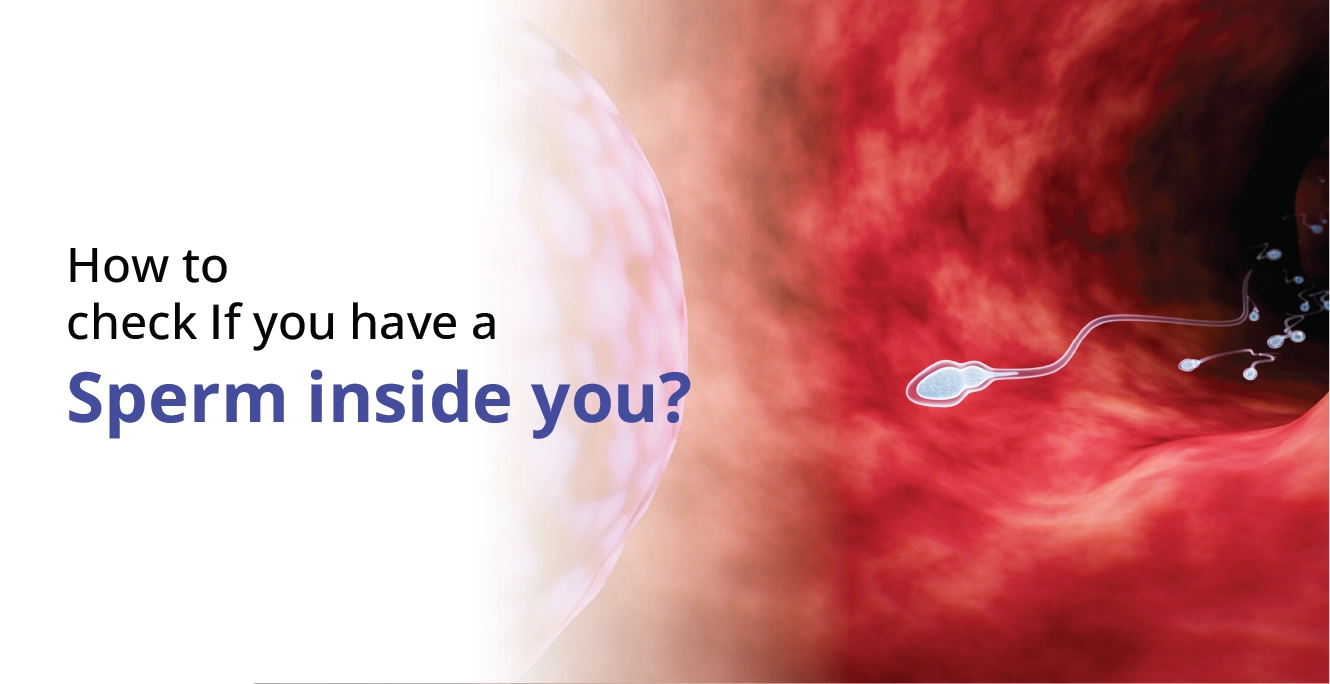
What is Pelvic Inflammatory Disease (PID)

Table of Contents
- What is Pelvic Inflammatory Disease?
- Types of Pelvic Inflammatory Disease
- Pelvic Inflammatory Disease in Females
- Pelvic Inflammatory Disease in Males
- Pelvic Inflammatory Disease Pain
- Risk Factors in Pelvic Inflammatory Disease
- Complications of Pelvic Inflammatory Disease
- Pelvic Inflammatory Disease Symptoms
- Causes of Pelvic Inflammatory Disease
- Diagnosis of Pelvic Inflammatory Disease
- Treatment & Management of Pelvic Inflammatory Disease
- Prevention of Pelvic Inflammatory Disease
- Chronic Pelvic Inflammatory Disease
- Conclusion
- FAQs
Pelvic Inflammatory Disease, or PID for short, is a disease that mostly impacts the female reproductive organs, particularly the pelvic region, which consists of the uterus, cervix, fallopian tubes, and ovaries, though men can rarely be affected too. The disease is the result of infections that are acquired primarily through unsafe sexual practices. When left untreated, the infection can spread to the posterior parts of the reproductive system and may impact fertility. Therefore, it is best to cultivate hygienic sexual practices to avoid putting yourself at risk. Let’s understand more about PID so that you stay informed about your reproductive health and seek timely medical help if required.
What is Pelvic Inflammatory Disease?
The condition where the female reproductive organs become infected with the bacteria of chlamydia or gonorrhoea is called pelvic inflammatory disease. The bacteria enter the female body through the vagina and reach the pelvic region, where the infection spreads. Since chlamydia and gonorrhoea are both sexually transmitted diseases, pelvic inflammatory disease is also acquired by unsafe and unhygienic sexual practices in most cases. However, not all cases of pelvic inflammatory disease are transmitted through unsafe sex. According to research, about 15% of the cases of pelvic inflammatory disease are not the result of unprotected sex.
Types of Pelvic Inflammatory Disease
PID is classified based on the duration and severity of infection:
- Acute PID: Sudden onset of infection, with severe pelvic pain, fever, and pronounced symptoms. Requires immediate medical attention.
- Chronic PID: Long-standing infection, often with subtle or recurring symptoms, which can lead to ongoing pelvic discomfort and reproductive health issues.
Pelvic Inflammatory Disease in Females
PID mainly affects women, particularly those of reproductive age (15–44 years). In females:
- Infection can spread to the uterus, fallopian tubes, and ovaries.
- Untreated PID may lead to infertility due to scarring of reproductive organs.
- It can also increase the risk of ectopic pregnancy, where the embryo implants outside the uterus, which is potentially life-threatening.
Pelvic Inflammatory Disease in Males
Although less common, men can develop PID-like infections, usually associated with untreated sexually transmitted infections. In males:
- Symptoms may include urethral discharge, burning during urination, or pelvic discomfort.
- Timely treatment is important to prevent complications and reduce the risk of spreading infection to partners.
Pelvic Inflammatory Disease Pain
Pain is one of the most common symptoms of PID. It can vary in intensity:
- Mild pain may feel like general discomfort or heaviness in the lower abdomen.
- Moderate to severe pain can interfere with daily activities and may be accompanied by cramps.
- Chronic PID pain may persist for months or years, often fluctuating in severity, and sometimes radiates to the lower back or thighs.
Risk Factors in Pelvic Inflammatory Disease
A number of factors may increase your chances of developing pelvic inflammatory disease (PID), including:
- Having more than one sexual partner
- Douching
- Being sexually active under the age of 25
- Participating in unprotected sex
- A prior history of pelvic inflammatory disease can put you at an increased risk of the disease
- Having done intrusive surgical procedures in the pelvic area
Complications of Pelvic Inflammatory Disease
If left untreated or inadequately treated, PID can cause serious health problems:
- Infertility due to scarring of the fallopian tubes or other reproductive organs.
- Ectopic pregnancy, which can be life-threatening if not treated promptly.
- Chronic pelvic pain, affecting quality of life and daily functioning.
- Abscess formation, where pus collects in the reproductive organs, potentially requiring surgery.
Pelvic Inflammatory Disease Symptoms
Pelvic infection symptoms are not something you would notice easily since they are mostly mild. However, it is important to pay attention to the following discomforts so that an early diagnosis can be made. It will help you preserve the health of your reproductive system in the long run.
The following are the common symptoms:
- Feeling pain of any intensity in the lower abdomen or the pelvic region
- Painful sexual intercourse
- Problems with urination, such as pain and high frequency
- Vaginal discharge that is abnormal. It may be heavy in volume and have an unpleasant odour. The odour in your discharge is a tell-tale sign that there is pathogen build-up in the reproductive system of your body
- Sometimes you may experience fever and chills
Consult a doctor if:
- The pain in your lower abdominal region becomes severe or unbearable
- You experience the inability to keep food and fluids down and vomit frequently
- Your temperature crosses 101°F or 38.3°C
- You have foul-smelling vaginal discharge
Causes of Pelvic Inflammatory Disease
There are three potential and identified causes of pelvic inflammatory disease in women. Let’s discuss them all one by one.
- Unprotected sex
- Unprotected sex is the cause of many sexually transmitted diseases.
- Bacteria such as chlamydia and gonorrhoea, which are primary contributors to pelvic inflammatory disease, can be transmitted to the female reproductive organs during unprotected sexual activity, making it a major risk factor for PID.
- Compromised cervical barrier
- Sometimes the normal barrier created by the cervix is compromised or disturbed. This can create a path for the PID pathogens to enter the reproductive tract of a woman.
- During childbirth, abortion, miscarriage, menstruation or even during the insertion of an intrauterine device, the bacteria can get transmitted to the uterus and beyond.
- Intrusive surgeries
- Surgeries that involve the insertion of instruments in the reproductive tract have a high potential to allow the PID bacteria to enter the system.
Diagnosis of Pelvic Inflammatory Disease
Since the condition is often linked to sexually transmitted infections, you must provide accurate information to your doctor about your lifestyle, sexual practices, and symptoms. After understanding your history, your doctor may recommend the following tests:
- Cervical culture: It checks for infections in the pelvic area, including bacteria like chlamydia and gonorrhoea.
- Urine culture: It detects signs of infection or other conditions, such as blood in urine or early indications of disease.
- Pelvic exam: It assesses the health of reproductive organs, including the uterus, ovaries, and fallopian tubes.
- Pelvic ultrasound: It uses sound waves to create images of your pelvic organs to detect inflammation, abscesses, or structural changes.
- Laparoscopy: It is a minimally invasive procedure where a small incision is made in the abdomen, and a camera is used to examine the pelvic organs directly.
- Endometrial biopsy: It involves taking a small tissue sample from the uterine lining to check for infection or damage.
Treatment & Management of Pelvic Inflammatory Disease
The objective of the treatment is to eliminate the infection, relieve symptoms, and prevent complications. Based on the severity of the condition, treatment may include:
- Antibiotics: These are the first line of treatment to target the bacterial infection. Often, a combination of oral or intravenous antibiotics is prescribed.
- Pain management: Medications may be given to relieve pelvic inflammatory disease pain and discomfort.
- Hospitalisation: It is required in severe cases, especially if the infection is widespread, accompanied by high fever, or if oral antibiotics are not effective.
- Surgery: It is suggested in rare cases where procedures may be needed to drain abscesses or remove severely damaged tissue.
- Partner treatment: Sexual partners should also be tested and treated to prevent reinfection and further spread of infection.
Prevention of Pelvic Inflammatory Disease
Preventive measures focus on reducing the risk of infection:
- Safe sexual practices, such as using condoms consistently.
- Limiting the number of sexual partners to reduce STI exposure.
- Regular STI screening for early detection and treatment.
- Avoiding vaginal douching, which can disrupt natural vaginal flora.
- Prompt treatment of any genital infections to prevent progression to PID.
Chronic Pelvic Inflammatory Disease
Chronic PID occurs when the infection persists for a long period:
- It may result from incomplete treatment of acute PID or repeated infections.
- Symptoms include ongoing pelvic pain, irregular bleeding, and discomfort during sexual activity.
- Long-term effects can impact fertility and overall reproductive health.
- Regular medical follow-up and management are necessary to prevent worsening of symptoms or complications.
Conclusion
PID can be a painful and overwhelming condition to manage. There is an associated risk of losing fertility if the condition is left undiagnosed and untreated. The connection to sexually transmitted diseases makes it imperative to seek treatment for PID.
If you are experiencing similar symptoms and feel the need to get a professional consultation, you can book an appointment with Dr Prachi Benara at Birla Fertility and IVF.
FAQs
-
What is the most common cause of pelvic inflammatory disease?
The most common cause of pelvic inflammatory disease is practising unsafe, unhygienic and unprotected sex. Having multiple sexual partners also exposes you to the risk of contracting chlamydia and gonorrhoea bacteria, which are causes of pelvic inflammatory disease. Another probable cause is a compromised cervical barrier, which lets the bacteria enter the pelvic organs.
-
Can PID go away on its own?
In some cases, where the immunity of the patient is stronger, the infection may go away on its own. However, such cases have a strong likelihood of recurrence from time to time. Once diagnosed with pelvic inflammatory disease, it is best to get treated by your doctor.
-
How do you get pelvic inflammatory disease?
You can contract PID from:
- Unsafe sexual practices
- Intrusive surgeries in the pelvic area
- Compromised cervical barrier
-
What happens if you have pelvic inflammatory disease (PID)?
Pelvic inflammatory disease (PID) can lead to discomforting symptoms, such as:
- Low-grade fever
- Pain during sexual intercourse
- Irregular menstruations
- Abnormal and foul vaginal discharge
In rare cases, PID, if left untreated, can lead to dangerous complications. Untreated PID can spread the infection to your blood, damaging other parts of the body.
-
What is the best treatment for PID?
It is always advisable to seek immediate medical attention if you are experiencing odd symptoms. Depending on the severity of the pelvic inflammatory disease (PID), the expert may recommend the following treatments:
- Medications that include antibiotics
- Temporary abstinence until the PID is treated completely
- Effective treatment for your partner
-
Does pelvic inflammatory disease show on ultrasound?
Yes. Ultrasound can detect inflammation, abscesses, or structural changes in the reproductive organs caused by PID. However, in the early stages, lab tests and clinical evaluation may be needed for accurate diagnosis.
Our Fertility Specialists
Related Blogs
To know more
Birla Fertility & IVF aims at transforming the future of fertility globally, through outstanding clinical outcomes, research, innovation and compassionate care.
Had an IVF Failure?
Talk to our fertility experts

 Our Centers
Our Centers












